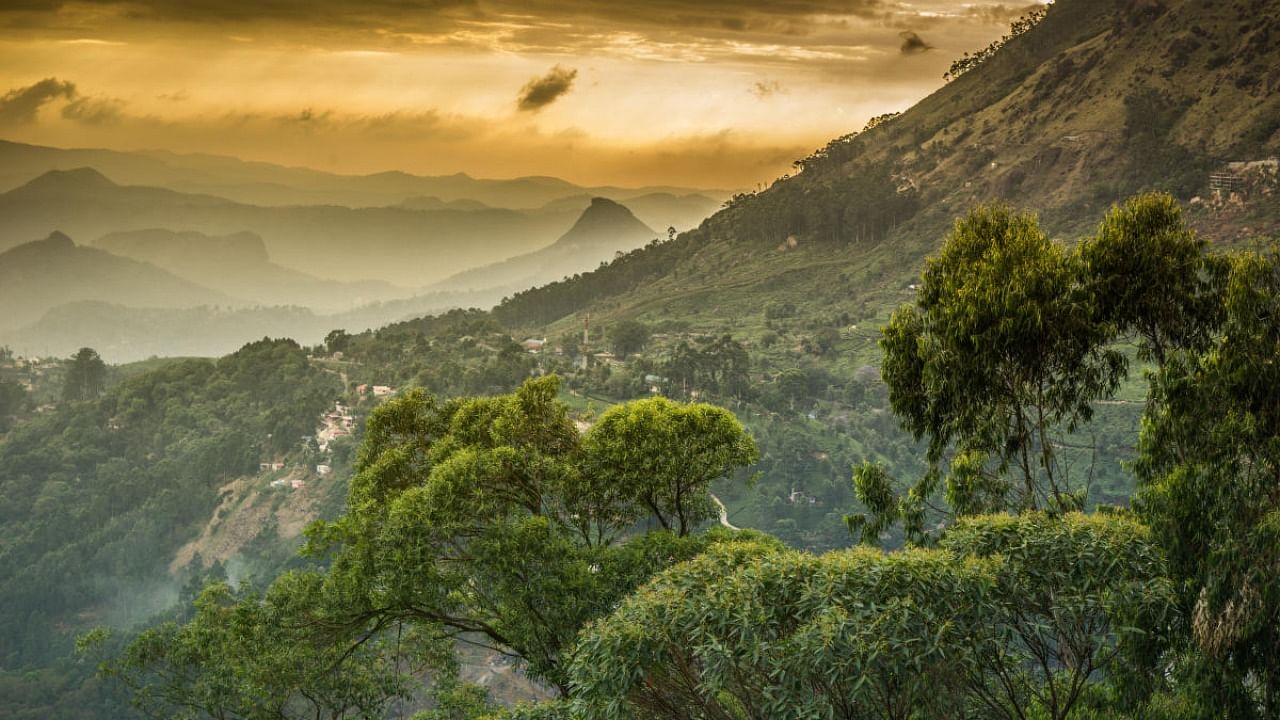
The world is facing an eminent mega extinction. Wildlife population dropped by 68 per cent between 1970 and 2016. In developed countries, these extinction trends are even more prominent. In the 50 years since 1970, the tropical ecozone of the US has seen a 94 per cent decline in wildlife population. Some 80 per cent of the world’s species live in only 6 per cent global area -- the tropical rainforests. But the world has lost 0.1 billion hectares of tropical forests between 1980 and 2000. Illegal wildlife trade, land conversions for agriculture, palm cultivation, animal husbandry are some key causes for this condition. The impact of wars on wildlife and wildlife conservation is another major reason for these extinctions.
Since the 1950s, 80 per cent of the world’s wars have taken place in its biodiversity hotspots. Most of the tropical rainforests are scattered across Latin America, Africa and South-East Asia. This entire region has seen intense war and conflicts that make it difficult for international bodies to stress upon conservation values. It also increases the risks of poaching and illegal trade in wildlife parts.
Between 1946 and 2010, 71 per cent of Africa’s conserved areas have been impacted by war. According to a study published in Nature, conflicts have been one major reason behind Africa’s wildlife crisis.
The Mozambique civil war (1977-1992) was responsible for about a million lost lives. It was also harmful for wildlife conservation efforts in Mozambique. During this war, both rebel and government forces used the Gorongosa National Park as their base of operations. The park was home to unique Savanna wildlife -- zebra, wildebeest, dik-dik, elephants and lions. But this war has seen a 95 per cent reduction in wildlife populations. These populations have been hunted to near extinction in the quest for poaching to amass funds for war. Even after decades since the war ended and dedicated conservation efforts, Gorongosa’s wildlife population has not been revived.
During the Rawandan civil war (1994), around 90 per cent of large mammals in the Akagara National Park were killed. Amongst them are the shy mountain gorillas. This conflict displaced around seven million people. Of these, about 860,000 people took shelter in the Virunga National Park while 332,000 resided near the Kahuzi Biega National Park in the Democratic Republic of Congo. This has taken its toll on the wildlife in these reserves. Civil war was responsible for the deaths of around 2,000 elephants in the Central African Republic in 2007. The Sudanese civil war (1983-2005) has resulted in the reduction of Sudan’s elephant population from 100,000 to a mere 5,000.
Similar situations echo across the rainforest belt of South-East Asia. The Vietnam wars (1955-75) resulted in extensive poaching of the Javan Rhino. This species is on the verge of extinction and is designated ‘Critically Endangered’ by the IUCN. This war witnessed the use of a chemical weapon -- Agent Orange. It was sprayed across the South-East Asian rainforest to destroy the forest cover. It resulted in the deaths of tigers, Asian elephants, gibbons, civets and leopards residing in that region.
Political instability in Myanmar is making the country a crossroad for the entry of illegal wildlife trade products into the markets of China. This indirectly fuels wildlife poaching across the world to enable supplies to ‘Chinese medicine’ demands.
The Iraq-Iran war (1980-88) resulted in the wiping out of entire populations of wolves, otters, pelicans, striped hyenas, river dolphins across the Middle East.
The Latin American state of Venezuela is in a socio-economic crisis. Fuelled by hydrocarbons under its soil, the country is in a state of anarchy. Situated in the north of the Amazonian rainforest, this is a warning for the unique biodiversity of the nation. If the crisis spills out of its border into neighbouring Brazil, it can turn into a wildlife catastrophe. Already, the environmentally oblivious Brazilian government is letting the unique Amazonian rainforest to be converted into croplands and ranches. With a conflict, the situation can get even more dire for the threatened South American wildlife.
International interventions are required to protect wildlife during times of political instability in a country. In situ conservation is part of the 1992 Convention on Biological Diversity (CBD). Area-based conservation requirements hold even during conflicts. The UNESCO World Heritage Convention also has provisions for protection of conserved spaces during wars. In 1995, a Draft Convention on the Prohibition of Hostile Military Activities in Protected Areas was drafted by the International Council of Environmental Law and the Commission on Environmental Law of the International Union for the Conservation of Nature. But this has never materialised into an international treaty.
Wars and conflicts are as hazardous to wildlife as they are to humans. In order to save the wildlife populations from a human-induced mega extinction, all international bodies must join hands to conserve wildlife. Peaceful existence is beneficial for conservation efforts and for saving the planet from the furies of climate change, global warming and wildlife extinctions.
(The writers are Associate Professor and Dean respectively, at Jindal School of Environment and Sustainability, O P Jindal Global University, Sonipat, Haryana)